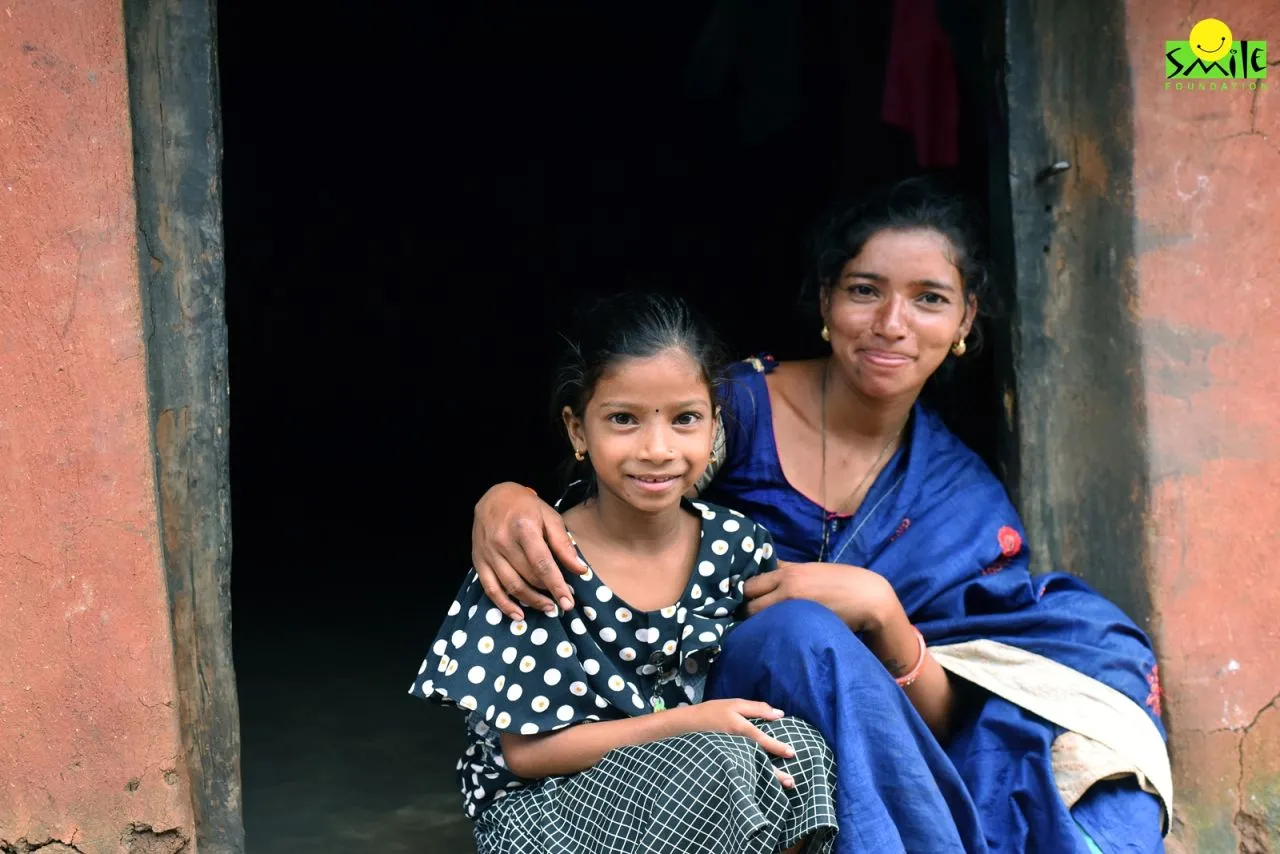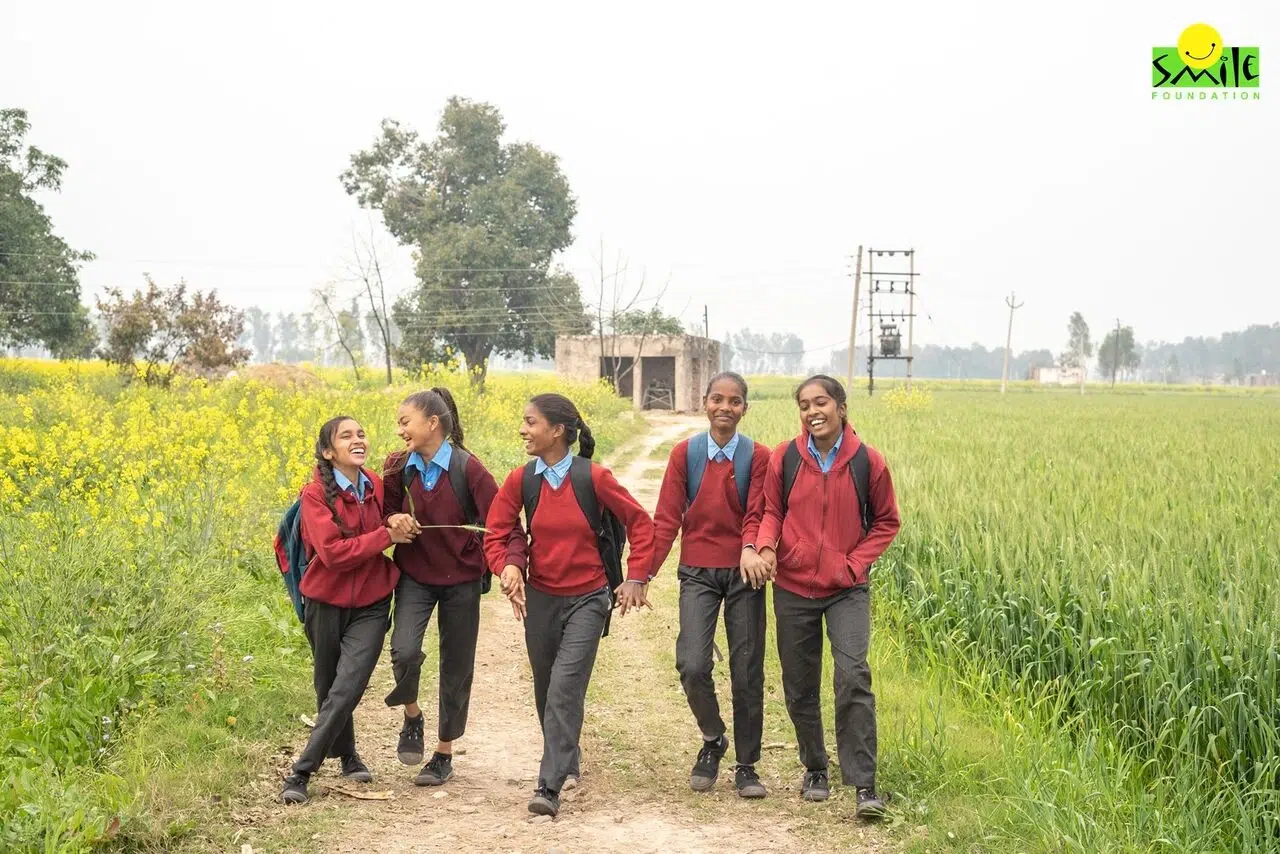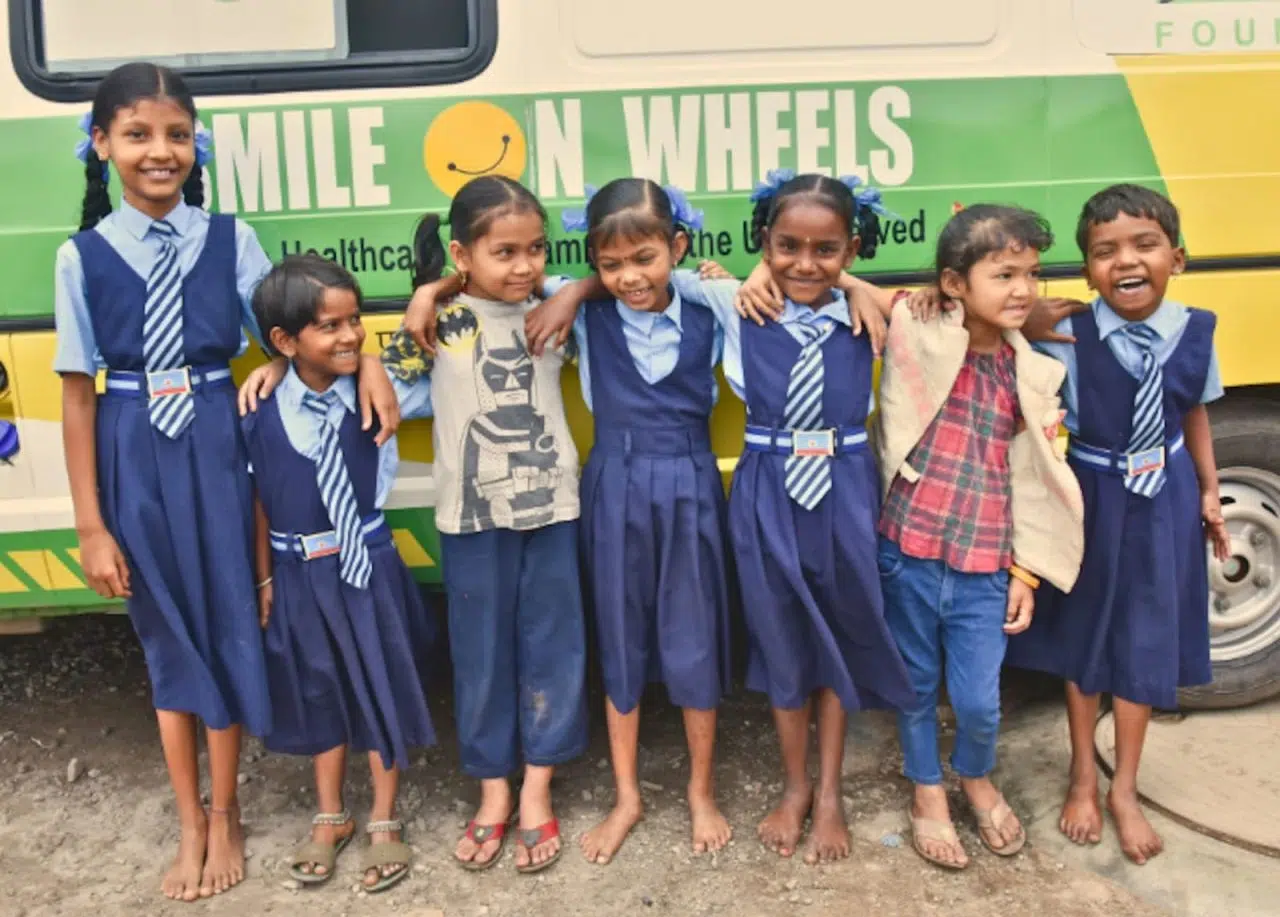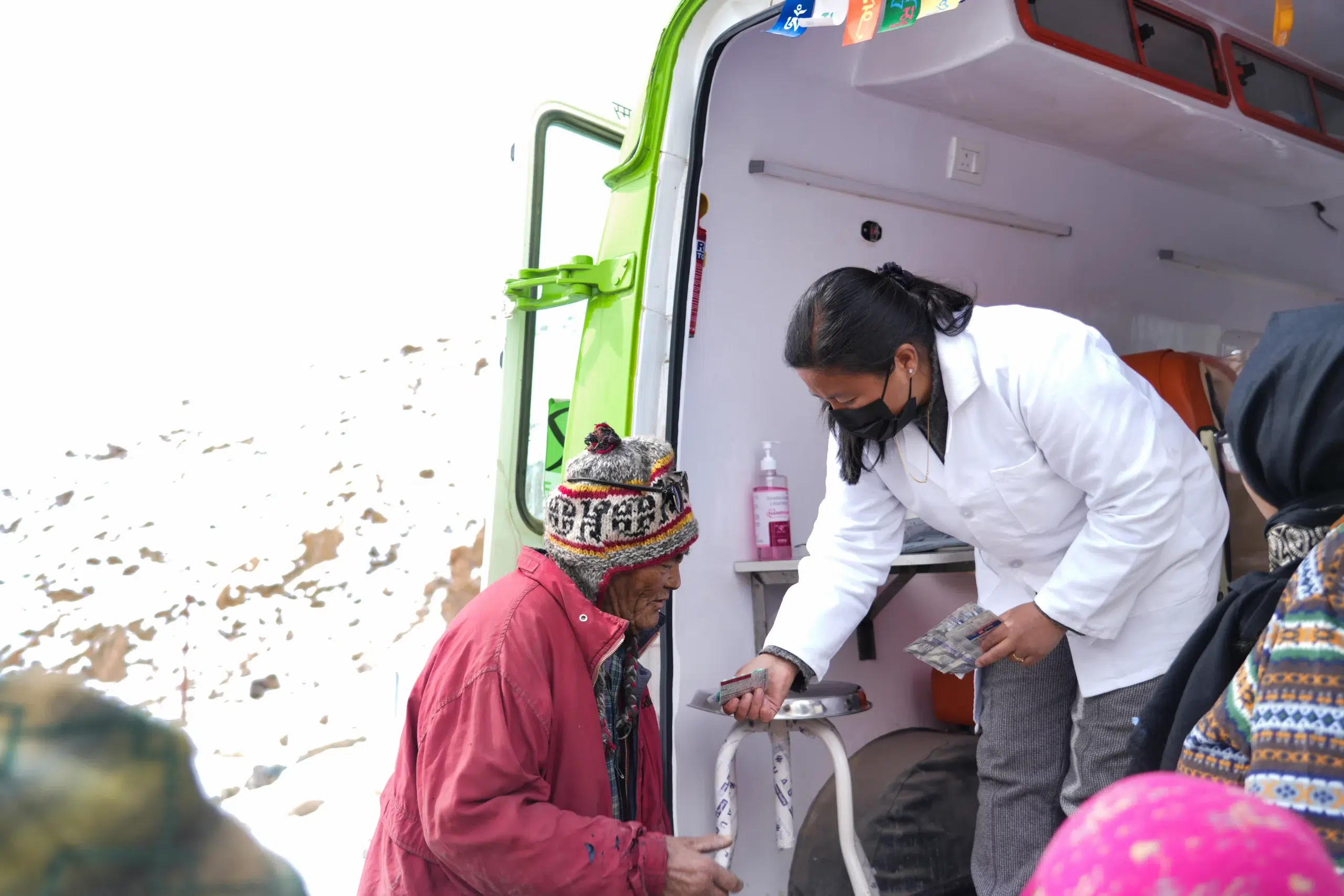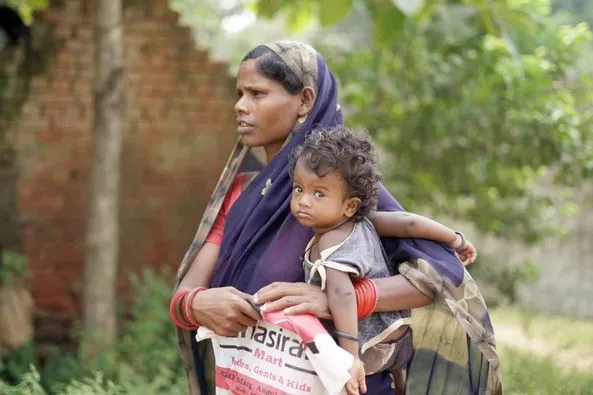In the global fight against poverty, a stark reality emerges—more women than men are trapped in the cycle of extreme poverty. Over 10% of women worldwide live on less than INR 178 a day, a figure projected to impact 342 million women by 2030. The root causes of women poverty are deeply intertwined with discrimination, limited access to resources and entrenched stereotypes.
Gender Disparities as the Fuel for Poverty
The current state of gender disparities, particularly in the areas of work, resource accessibility, and societal stereotypes, significantly contributes to the perpetuation of a cycle of poverty for women. The discriminatory practices prevalent in the workforce, coupled with limited access to financial assets, create formidable barriers for women. As a result, women find themselves disproportionately burdened with a larger share of unpaid care and domestic work, which, in turn, hampers their ability to actively participate in education, secure decent employment and engage in decision-making processes.
In the context of poverty, these challenges assume a more profound significance. Women, facing discrimination and limited opportunities in the workforce, often find themselves trapped in low-paying and unstable jobs. The lack of access to financial assets further confines them to a cycle where economic empowerment remains elusive. The unequal burden of unpaid care and domestic work acts as a formidable barrier, limiting the time and energy of women to pursue education or engage in gainful employment. Consequently, this perpetuates a cycle of poverty, restricting women from breaking free from the chains of economic deprivation.
Addressing these gender disparities is not just a matter of social justice- it is a crucial step in dismantling the structural barriers that keep women entrapped in poverty. By fostering gender equality in the areas of work, resource accessibility, and societal norms, societies can pave the way for breaking the cycle of poverty for women, creating conditions where they can actively contribute to economic growth and sustainable development.
Economic Empowerment
The recently published findings from the Periodic Labour Force Survey (PLFS), made public by the Labour Bureau in October 2023, unveil a notable upswing in women’s workforce participation. Comparing data from 2017-18 to the latest figures in 2022-23, a significant surge is evident. In the earlier period, the participation rate stood at 23.3%, reflecting the proportion of women engaged in the workforce. However, the most recent data points to a remarkable increase, with the participation rate climbing to 37% in 2022-23.
This noteworthy progression in the workforce of women engagement signifies a positive shift in the employment landscape. The increase from 23.3% to 37% within this timeframe underscores a growing trend of women actively contributing to various sectors of the economy. Such an augmentation in women’s participation is a testament to the evolving dynamics within the labor market, portraying an encouraging trajectory towards greater inclusivity and gender balance in the workforce. As these numbers continue to rise, they mark a pivotal stride toward fostering a more equitable and diversified work environment.
Globally, the Generation Equality Action Coalition on Economic Justice and Rights has emerged as a cornerstone of change, mobilising an impressive USD 32 billion in 2022 for economic justice and rights initiatives. This global initiative focuses on changing the lives of women through more than 440 programmes targeting economic injustice. A staggering 91% of these commitments support marginalised communities, addressing power dynamics and enhancing feminist leadership.
Boosting Productivity through Access to Quality Jobs
The key to sustainable economic growth lies in higher female labor force participation rates. However, it is not just about guaranteeing work for women- it is about ensuring access to decent work, equal pay and robust social protection. The Skill Impact Bond project in India, with its innovative USD 14.4 million investment, has equipped nearly 10,000 individuals, 70% of whom are women, with employability skills, showcasing a remarkable 56% job placement rate and a 42% retention rate over just three months.
Inclusive Social and Legal Protection
Global growth requires inclusive social and legal protection, yet only 26% of women globally are covered by full social security systems. Discrimination in the workforce, including higher rates of sexual violence and harassment, perpetuates poverty.
The Supreme Court recently delivered a comprehensive 62-page verdict on an appeal challenging a judgment related to a dismissal based on sexual harassment complaints at a prominent Indian University. The Court recognised the profound impact of sexual harassment on women’s well-being, emphasisig its detrimental effects on self-esteem, emotional, mental and physical health.
In evaluating the Prevention of Sexual Harassment (PoSH) framework, the Court underscored the necessity of stringent enforcement and a proactive approach from both state and non-state actors. One of the judges on the bench highlighted the pivotal role of providing women with a safe and secure workplace, asserting that lacking such assurance might deter women from fully utilising their talents and skills.
Furthermore, the Court issued a directive to the Union, States and Union Territories for a time-bound verification exercise. This exercise aims to assess whether various entities, including Ministries, Departments, government organisations, public sector undertakings and institutions, have established the required Internal Complaints Committees (ICCs), Local Committees (LCs) and Internal Committees (ICs) as mandated by the Act.
Creating a Care Society Rooted in Gender Equality and Ending Poverty
Women bear the brunt of unpaid care and domestic work, limiting their access to education and paid work. Investing in care services, such as daycare and elderly care, could create almost 300 million jobs. The extension of childcare payments and increased social benefits for people with disabilities can become a testament to how improved support systems can positively impact hundreds of thousands of parents.
The compelling examples showcased here underscore the undeniable link between gender equality and poverty reduction. Empowering women economically, socially and legally is not just a moral imperative— it is a strategic move towards building a more inclusive, equitable and prosperous society. By dismantling barriers, challenging stereotypes and fostering initiatives that empower women, India and the world can harness the full potential of half of their population, unlocking unprecedented opportunities for sustainable development and poverty alleviation.




